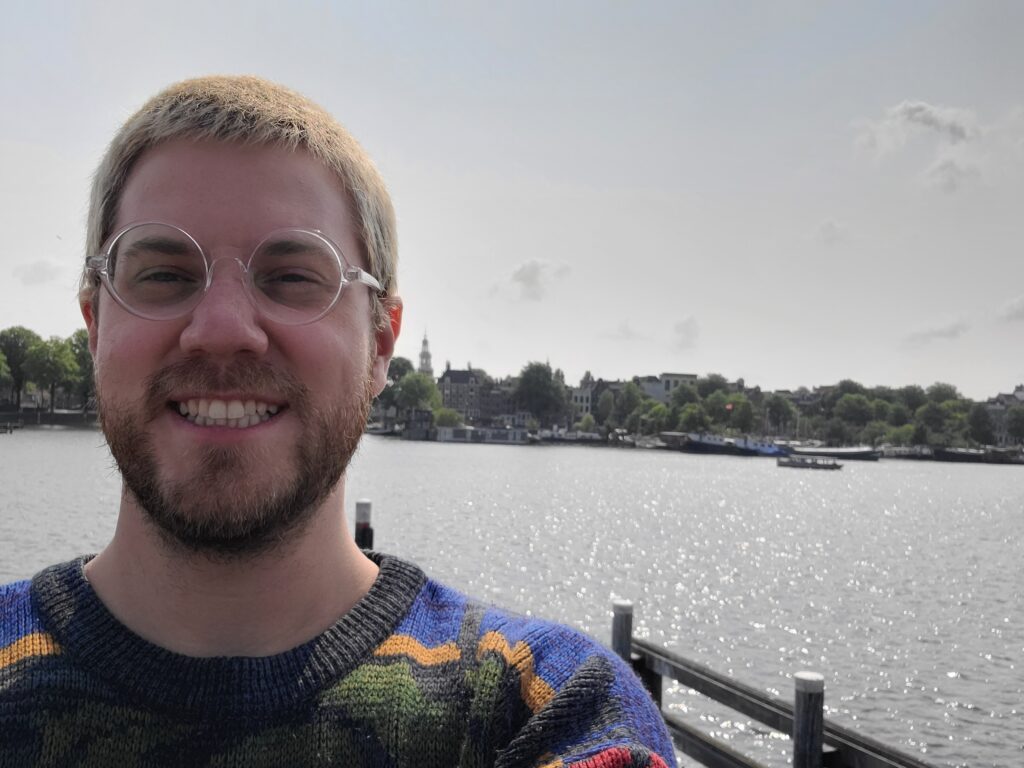
1. Can you describe your role in the SDSS collaboration and what you enjoy most about it?
I am a working group chair for the Solar Neighborhood Census and a database manager for SDSS. I enjoy working closely with the data and being able to help other folks get their research done. It’s also very satisfying to help make plans for SDSS observations and then see the data roll in over time.
2. Can you tell us about your educational background and how you got interested in the field of astronomy/astrophysics?
I did my undergraduate degree at UW-Madison. Originally, I wanted to work in particle or plasma physics, but had a hard time finding a project I was excited about. Astronomy offered some really interesting problems to work on that I could sink my teeth into. My first project was working on GYRE, which predicts oscillations for stellar MESA profiles.
3. What projects are you currently working on and what are you most excited about?
I’m part of a large effort to measure abundances for the most metal-poor M dwarfs (also called the subdwarfs). These objects are expected to be some of the oldest in the Galaxy but are generally faint and hard to get data on. SDSS-V is the first time we’re getting a complete view of what the subdwarfs look like.
4. Can you describe how you balance work and personal life, and what advice would you give to someone just starting in the field?
In astronomy it’s often difficult to find a dividing line between work and personal time because we work nights and weekends. I combat this by starting my work week off with a list of things and checking them off as I get them done. That way, if I leave work early to go relax I know where to pick up the next day. Also, whenever I start to feel burnt out, taking a few days off (no email or slack) really helps.
5. Can you share with us a unique hobby or interest that you have outside of work?
I like to play sad country songs on guitar, especially John Prine.
